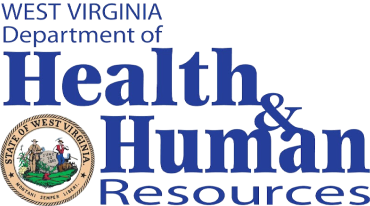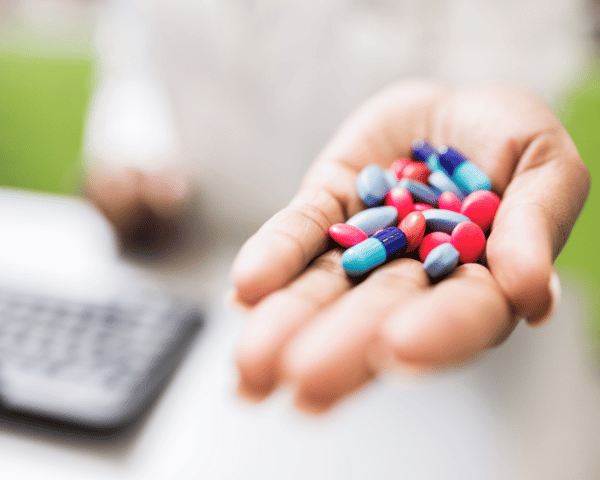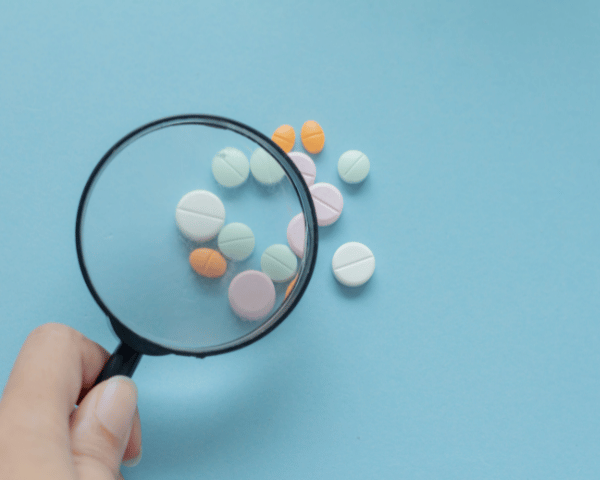Education is a powerful tool in the fight against addiction.
Through knowledge, we can build hope, foster understanding, and provide essential strategies for a life free from the hold of substances like opioids.

Addiction isn’t a simple predicament of human behavior; it’s a complicated interplay of biological, psychological, and socio-environmental factors. When it comes to opioid addiction, the science might seem intricate, but it’s crucial to grasp this understanding to pave the road to recovery.
Addiction is primarily a “brain disease”. When you consume substances such as opioids, they tap into your brain’s communication system and disrupt the way nerve cells send, receive, and process information. Regular consumption of such substances can lead to the brain adjusting to the excessive dopamine levels, thus leading to tolerance, a key character in the addiction cycle.
Opioids, including fentanyl, are particularly addictive. They work by binding to opioid receptors in the brain, blocking pain signals, and releasing large quantities of dopamine, a neurotransmitter responsible for feelings of pleasure and reward. This powerful combination can lead to addiction.
Recovery hinges on healing the brain’s disrupted neural pathways. With continued abstinence and proper treatment, the brain begins to restore its ordinary functions. Cognitive Behavioral Therapy (CBT) and Medication-Assisted Treatment (MAT) are scientifically proven approaches to this healing process. CBT addresses harmful thought patterns that lead to substance use, while MAT uses medicines to stabilize brain chemistry.
Through this section, we aim to enlighten our readers about the scientific insights of addiction and recovery. We hope that by enhancing your understanding of the ‘whys’ and ‘hows’, we can come to a step closer to the solution – a life free from addiction.
The financial burden of addiction far exceeds the cost of treatment, often leading to dire consequences for the individual, their family, and society at large. It is not uncommon for those battling substance abuse to end up spending thousands annually to sustain their addiction.
The ongoing opioid epidemic in America presents a particularly significant economic toll. Regardless of whether opioids are legitimately prescribed or illicitly bought off the street, the costs are astronomical.
Here are typical retail and street prices for common opioids (per pill):
The severity of the addiction and the daily quantity of pills consumed significantly alter the annual cost. For instance, maintaining an addiction to OxyContin, assuming 3 pills a day, may cost over $3,600 per year by prescription or a staggering $70,000 on the street.
Unfortunately, insurance companies often favor cheaper, more addictive opioids over less addictive, costlier options. Many underwriters place highly addictive, long-acting morphine at the lowest-cost level, while around 65% of insurance plans do not cover lower-risk alternatives like Buprenorphine brands.
The economic impact of the opioid crisis extends significantly to large employers. According to data from the Kaiser Family Foundation, there’s been a precipitous increase in the cost of treating opioid addiction and overdoses even as the price of prescription opioids has fallen.
From 2004 to 2016, the annual cost of treating opioid addiction increased eightfold, from $300 million to over $2.5 billion. In 2016, the average per-patient cost for opioid addiction-related inpatient treatment was over $16,000, more than half of which was spent on treating workers’ dependent children.
The southern region, home to about 16% of opioid users, has the highest rate of prescription opioid use among older workers (55-64). The figure then follows with the Midwest (14%), the West (12%), and the Northeast (11%).
It’s vital to address the cost of substance abuse, promote affordable and effective treatment plans, and tackle the opioid crisis head-on to alleviate the heavy economic toll on individuals, families, and society.
Physical dependence happens fast and user find soon they can’t stop, even though we want to. When tolerance rises, overdose becomes common and death follows.
Symptoms of opiate addiction include:
Is someone you love abusing opioids? It’s often not simple to tell, particularly in the early stages. There may be changes on their moods or behavior or you have the intuition that something isn’t right.
Even if you can’t put your finger on something particular, it can be worth taking stock. If instinct proves you correct, speaking up can save their life.
Common signs of opioid addiction include:
Often addiction experts suggest that physicians interview family members as follow-up care for a person taking opioid medicines. But don’t wait for the doctor to ask you about your concerns. A person addicted to opioids is more likely to recover if their family refuses to ignore the problem.
The road to recovery from addiction is not a one-size-fits-all pathway. Each individual’s journey is unique, thus requiring distinct forms of treatment and support. In this section, we present a range of alternative treatment options designed to complement or offer different routes to the traditional medical model.
At the heart of this practice is the development of coping strategies to manage stress, anxiety, and triggers that may lead to substance use. Mindfulness allows a person to redirect negative thoughts and focus on the present moment. Meditation, likewise, plays a vital role in strengthening mental resilience.
Leading a healthy lifestyle significantly aids in recovery. Good nutrition helps in repairing the physical damages caused by substance abuse, while regular exercise releases endorphins, responsible for boosting mood and reducing stress levels.
Art, dance, and music therapy offer a creative expression channel that helps manage emotions and trauma related to addiction. Much research supports that these therapies can improve self-esteem and provide a positive outlet for emotions.
This approach focuses on re-integrating individuals into society by bolstering interpersonal skills, managing everyday life chores, and helping them find a purposeful, fulfilling life beyond addiction.
From acupuncture and yoga to aromatherapy and massage, holistic therapies aim to treat the whole person, addressing the mind, body, and spirit.
Though each approach has its benefits, it’s crucial to remember that addiction treatment should be individualized. What works well for one person might not for another. We encourage you to explore these alternatives and discuss them with a healthcare provider. Remember, every positive step is a move forward on the path to recovery.
Opioid use can be risky. Even more, if used during pregnancy.
Opioid use during pregnancy can cross the placenta and enter the fetus’ central nervous system. While occasional use of opioids during pregnancy doesn’t normally pose concerns for the child, use of opioids close to delivery may cause the baby to experience low and ineffective breathing after birth.
Difficulties have been linked with opioid dependence during the prenatal time frame, and these include:
Becoming opioid dependent during pregnancy could cause the baby to experience drug withdrawal symptoms, also known as ‘neonatal abstinence syndrome.’ The signs and symptoms frequently begin shortly after birth and might last for weeks. These include:
Anyone pregnant and experiencing opioid use disorder should talk to their physicians about getting an opioid substitute medicine. Often the therapy includes the use of the opioid medication methadone in conjunction with counseling and behavior therapy.
Addiction is a complex disease of the brain and body that involves the compulsive use of one or more substances despite serious health and social consequences.
Opioid addiction is hazardous due to the high risk of overdose, the risk of infectious diseases, and the damage to various organs in the body, including the brain, from prolonged use.
Opioid addiction occurs when an individual develops a dependency—physical, psychological, or both—on substances like fentanyl. The excessive dopamine rush opioids provide makes the brain crave more, causing an addiction loop.
Various recovery options are available ranging from Medication-Assisted Treatment (MAT) and Cognitive Behavioral Therapy (CBT) to alternative approaches like mindfulness, creative therapies, and holistic therapies.
Definitely. Though challenging, addiction is treatable, and it can be overcome. A combination of professional help, personal commitment, and supportive community goes a long way in aiding recovery.
Education plays a vital role in understanding the complexities of addiction and highlights the paths towards recovery. Informed individuals are in a better position to assist themselves or others toward a healthier life.
Yes, West Virginia provides numerous resources for those struggling with addiction, including state-run rehab facilities, counseling centers, hotline numbers, and community support groups.
If a loved one is struggling with addiction, encourage them to seek help from healthcare professionals. Educate yourself about addiction and be supportive during their recovery journey.
In the dynamic world of addiction recovery, continuous learning can become your strongest ally. Our goal is to keep you informed and confident in this journey. From the latest research findings to inspiring success stories, this section is continuously updated with articles and content that matter.
Together, let’s stay tuned and keep learning on our journey towards a life free from addiction.





Privacy Policy | © 2023 All Rights Reserved.
